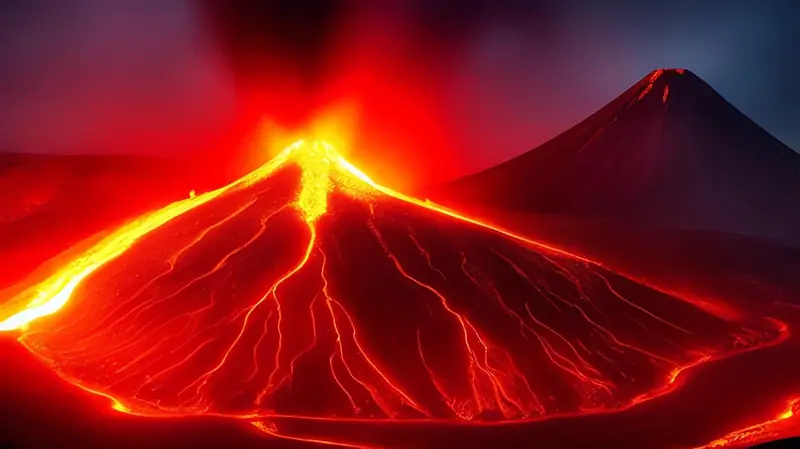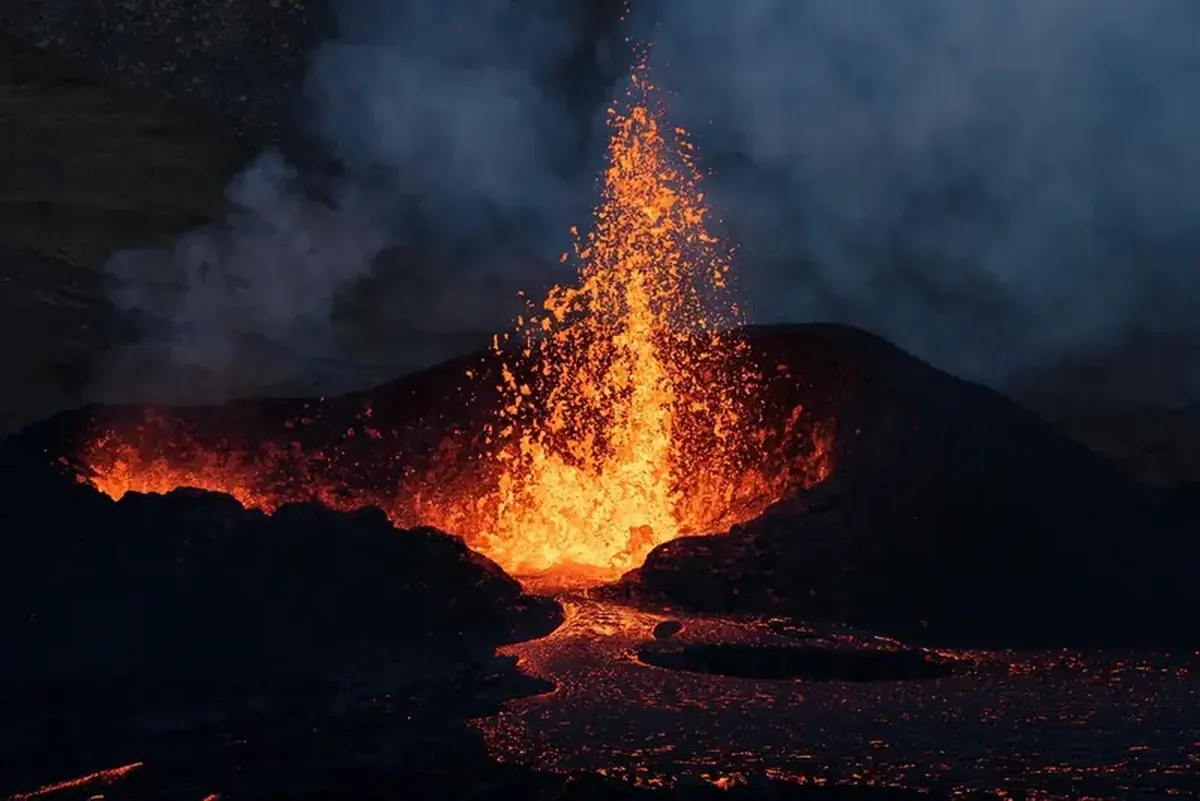
A team of researchers from the University of Wisconsin-Madison, led by Pablo Moreno Yeager, has issued a warning: the melting of glaciers could intensify volcanic activity in Antarctica, North America, and New Zealand, as well as lead to a significant increase in greenhouse gas emissions in the atmosphere.
According to the scientists, the melting glaciers will ultimately make volcanic eruptions more destructive and frequent, further exacerbating global warming.
What Did the Researchers Report?
Hundreds of volcanoes in Antarctica, New Zealand, and North America lie dormant beneath glaciers. However, as the planet warms and ice sheets melt and retreat, these volcanoes are likely to become more active. This is the conclusion drawn by the authors of a new study, who analyzed the activity of six volcanoes in southern Chile during the last glacial period.
“Glaciers generally suppress the volume of eruptions from the volcanoes beneath them. But as glaciers retreat due to climate change, volcanoes erupt more frequently and with greater intensity,” explained Moreno Yeager.
Scientists first suggested that melting ice could influence volcanoes back in the 1970s. The weight of glaciers exerts pressure on the Earth’s crust and mantle, so when the ice retreats, underground gases and magma expand. This leads to increased pressure, which can trigger explosive eruptions, as reported by Live Science.
Researchers know that such processes have fundamentally altered the landscape of Iceland, which sits atop diverging tectonic plates: the North American and Eurasian plates. In 2002, scientists calculated changes in volcanic activity in Iceland as its glaciers retreated at the end of the last glacial period—around 10,000 years ago. The island’s volcanoes responded with a surge of eruptions, the intensity of which increased by 30 to 50 times compared to previous years.

However, the dangers posed by continental volcanic systems are still not well understood. To learn more about this, the team studied six volcanoes in southern Chile, including the dormant Mocho-Choshuenco volcano, and their response to the melting of the Patagonian ice sheet thousands of years ago.
By using radioactive decay of argon released during volcanic eruptions as an isotopic clock and examining crystals that began to form within the magma rocks ejected during eruptions, the researchers tracked the volcanic activity in the region and its connection to the disappearance of ice.
The scientists found that between 26,000 and 18,000 years ago, during the peak of the last glacial period, the ice cover suppressed eruptions. This led to the accumulation of a massive reservoir of magma beneath the region’s surface. When the ice sheet melted, the pressure within this reservoir increased and eventually released, forming the Mocho-Choshuenco volcano.
This threat has a planetary scale: according to a 2020 study, 245 potentially active volcanoes on our planet are located beneath ice or within 5 kilometers of it.
Eruptions over short periods typically release sulfate aerosols that reflect sunlight back into space. Past eruptions have led to cooling. In the long term, greenhouse gases from these volcanoes are likely to accelerate climate change, the researchers stated.
“Over time, the cumulative effect of many eruptions may contribute to long-term global warming due to the accumulation of greenhouse gases,” noted Moreno Yeager.
Recently, the research team presented their findings at the Goldschmidt Geochemistry Conference 2025 in Prague.
